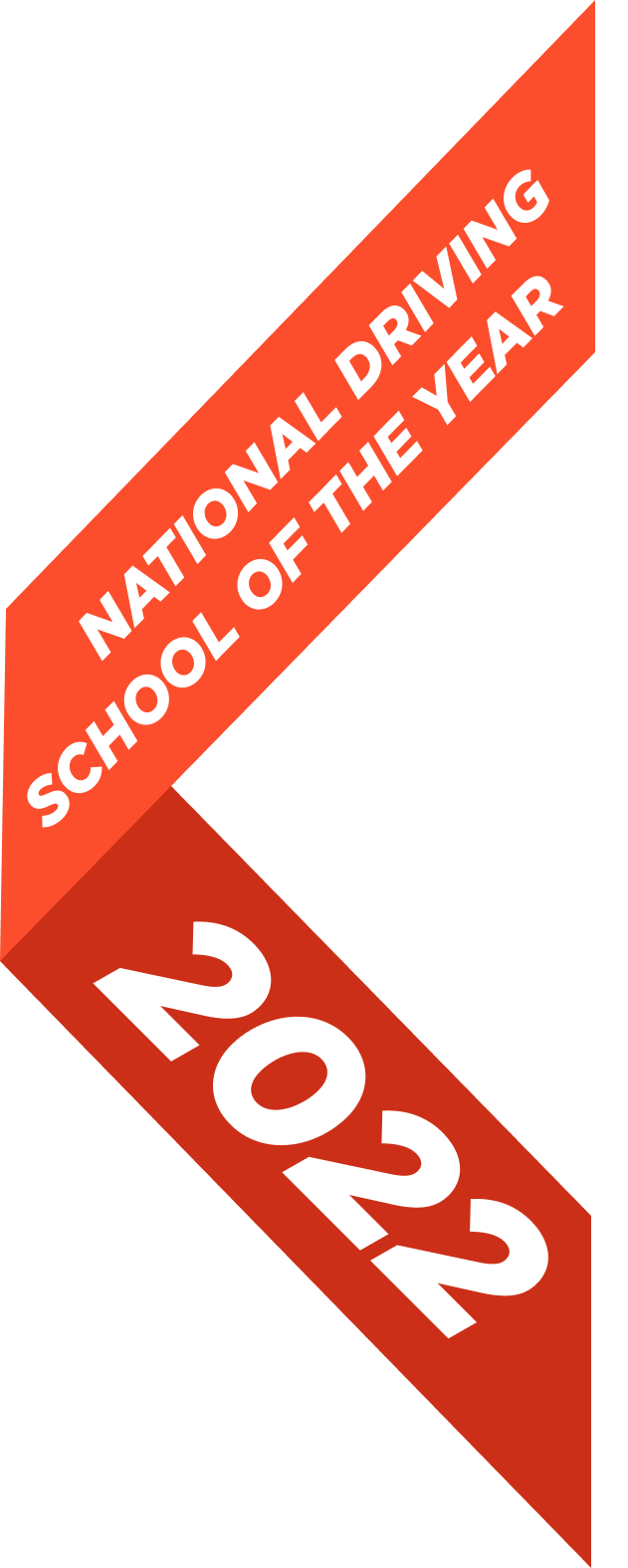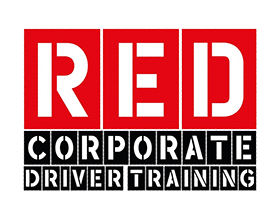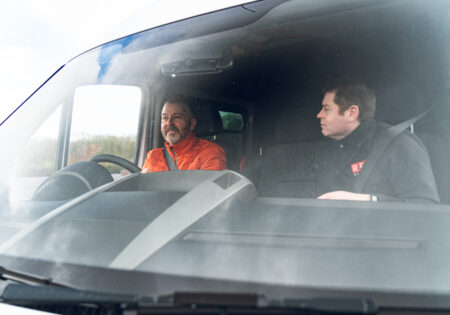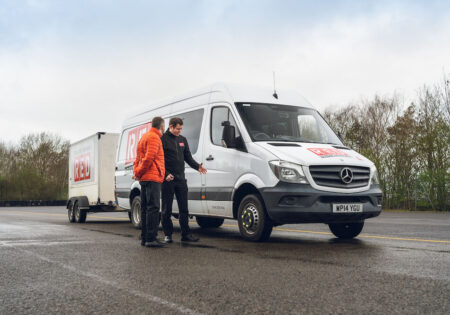Increased tyre wear is not the EV’s fault – it is the driver’s, claims RED Corporate
Driver Training
26 May, 2023
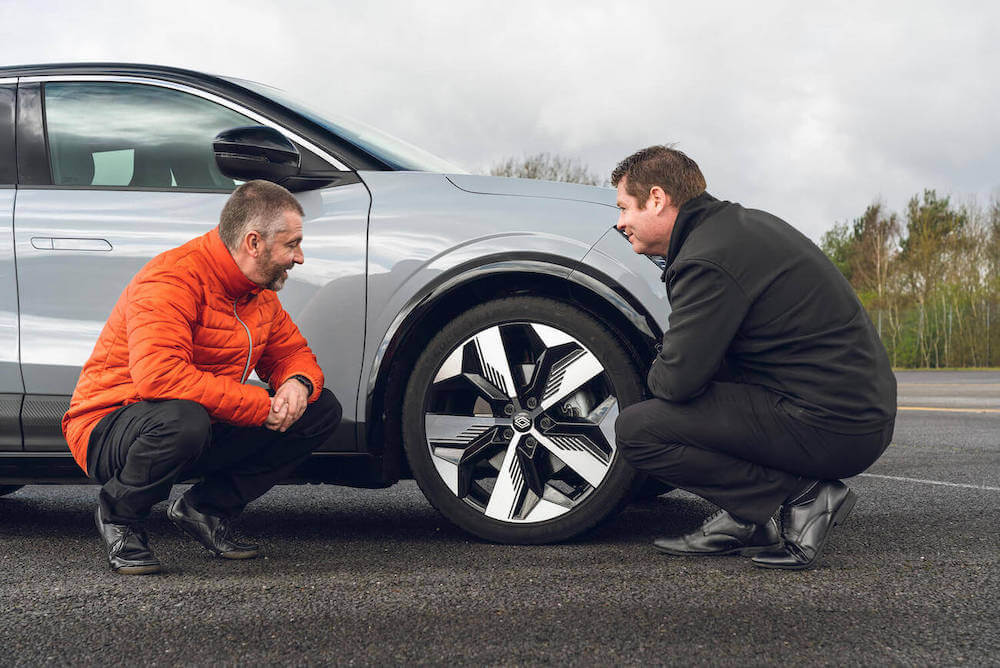
The main issue with increased tyre wear in electric vehicles is not the EV, but the way they
are being driven, claims RED Corporate Driver Training.
Although the extra weight and strong acceleration of EVs are given as reasons for increased
tyre wear, with the fleet industry expecting an increase in tyre costs as a proportion of SMR
spend, it is a lack of understanding of how to drive them that is a bigger contributor to costs.
Seb Goldin, CEO of RED Corporate Driver Training, said: “Because EVs tend to be heavier
than their ICE equivalents, they are more likely to be used in stop-start urban environments,
and with higher torque through the driven wheels, fleet managers may be expecting higher
tyre wear rates.
“But driver behaviour is actually by far the most important factor too. EVs are able to get up
to speed quicker, and while they are generally driven more slowly overall, from stationary
they’re often accelerated harder, which wears the tyres out.
“After training, our clients see no more tyre wear for EVs than usual, if they are driven
properly and the unique characteristics of these vehicles are taken into account.
“Not only does this have an effect on reducing costs and wear rates back to expected
norms, it also aligns tyre wear with servicing schedules. This has a safety benefit: those
drivers wearing tyres out far quicker than servicing schedules may mean they are on the
road with illegal, unsafe tyres far longer than they realise.”
To help businesses manage the transition to EVs, RED has launched an EV familiarisation
training course. It’s part of a comprehensive range of driver risk and driver training services,
and includes advice on how and where to charge, using EV features to maximise efficiency
and route planning for better productivity.
RED also suggests the following tips to help your drivers extract the most miles from a
charge…
RED DRM’s 5 top tips for instant power savings
Don’t spill your coffee
The harder you accelerate, the more power you use. In urban areas you can use less by
easing on to the accelerator gently. To be as efficient as possible – imagine a cup of coffee
on the dashboard. Don’t spill it!
Drive in a 5mph window
When your speed dips and bursts you use more power and spend more money than you
need to. Many tests have shown that regularly varying your speed up and down by as little
as 5mph can increase your efficiency dramatically.
Be nosey, and watch others
Look ahead to see what is coming up and keep a comfortable distance between your vehicle
and the one in front. By looking closely at what pedestrians and other cars are doing, and
imagining what they’ll do next, you can keep your speed as steady as possible and use less
energy (replace: fuel). It’s also safer to drive this way.
Lighten up
Consider the weight carried in the vehicle. Do you need to carry around all the items in your
boot? Weight is the enemy of EV efficiency.
Don’t be a drag
Turning off the regeneration or using an Eco mode on long straight sections can reduce the
drag from the vehicle and thus improve efficiency. Also, why have you still got the roof box
fitted from your half-term family holiday?
